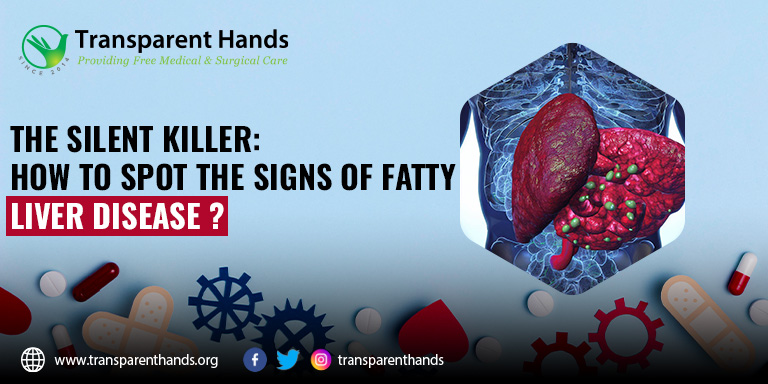The Silent Killer: How to Spot the Signs of Fatty Liver Disease

Fatty liver disease is a condition that can be hard to detect. It often has no symptoms, and when symptoms do occur, they can be vague and easily overlooked. However, if left untreated, fatty liver can lead to serious health problems such as liver scarring and liver failure. In this article, we will discuss what fatty liver is, its causes, symptoms, diagnosis, and treatment options.
What is Fatty Liver?
Fatty liver, also known as hepatic steatosis, is a condition in which excess fat builds up in the liver. This can be caused by several factors, including obesity, insulin resistance, high blood sugar, high levels of triglycerides in the blood, and alcohol abuse. When fat accumulates in the liver, it can cause inflammation and damage to liver cells, leading to fatty liver.
Causes of Fatty Liver
The most common causes of fatty liver are obesity, type 2 diabetes, high levels of triglycerides in the blood, and alcohol abuse. Other less common causes include hepatitis C, certain medications, rapid weight loss, and malnutrition.
Signs of Fatty Liver Disease
Fatty liver condition often has no symptoms, especially in the early stages. When symptoms do occur, they can include fatigue, weakness, weight loss, loss of appetite, abdominal pain, and jaundice (yellowing of the skin and eyes).
Fatty Liver Disease Complications
If left untreated, fatty liver can lead to serious complications such as liver scarring (cirrhosis), liver failure, and liver cancer.
Fatty Liver Diagnosis
Fatty liver conditions can be diagnosed through blood tests, imaging tests (such as ultrasound, CT scan, or MRI), and liver biopsy. A liver biopsy is a procedure in which a small sample of liver tissue is removed and examined under a microscope.
Fatty Liver Treatment
The treatment of fatty liver depends on the underlying cause. Lifestyle changes such as losing weight, eating a healthy diet, and exercising regularly can help reduce fat in the liver. In some cases, medications may be prescribed to treat underlying conditions such as diabetes or high cholesterol. In severe cases, a liver transplant may be necessary.
Fatty Liver Diet
A healthy diet is an important part of treating fatty liver. Foods that are high in fat, sugar, and calories should be avoided. Instead, a diet rich in fruits, vegetables, whole grains, lean protein, and healthy fats is recommended.
Fatty Liver Reversal
The good news is that fatty liver disease can be reversed with early diagnosis and treatment. Lifestyle changes such as losing weight, eating a healthy diet, and exercising regularly can help reduce fat in the liver and prevent further damage.
Fatty liver is a serious condition that can lead to liver damage and other health problems if left untreated. Knowing the signs and symptoms of fatty liver disease is important for early diagnosis and treatment. By making lifestyle changes and working closely with a healthcare provider, fatty liver can be treated and even reversed.










Leave a Reply